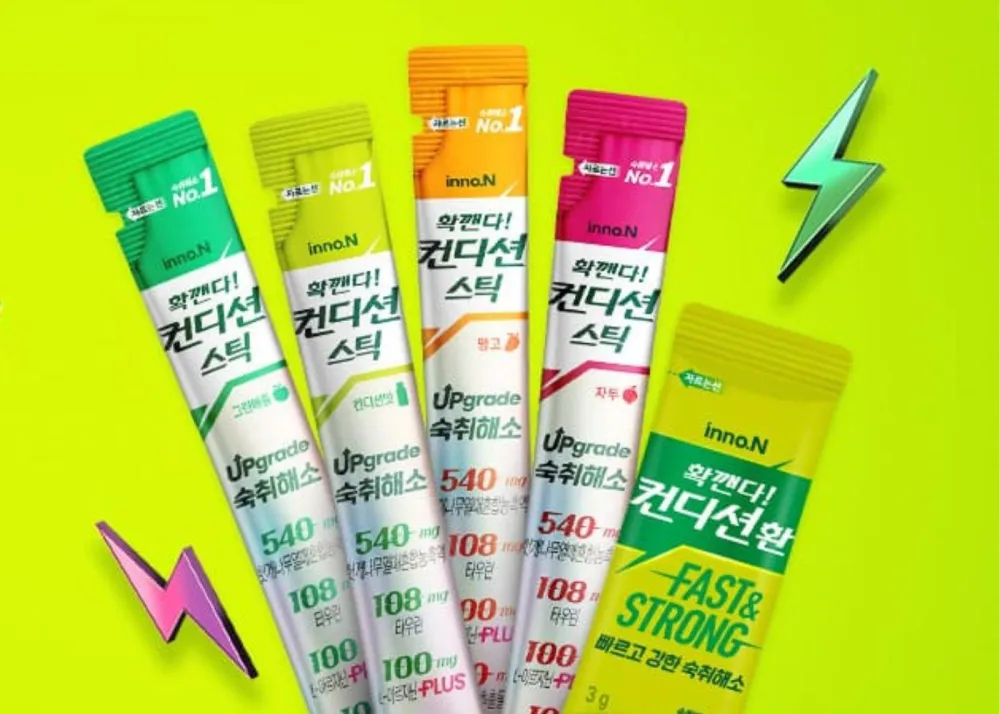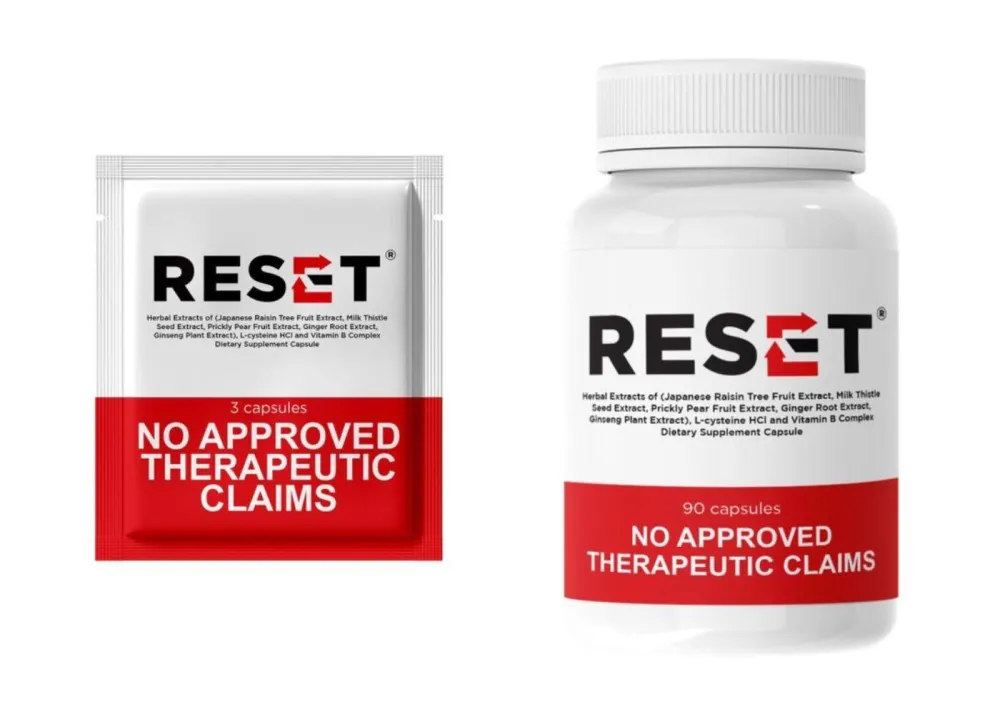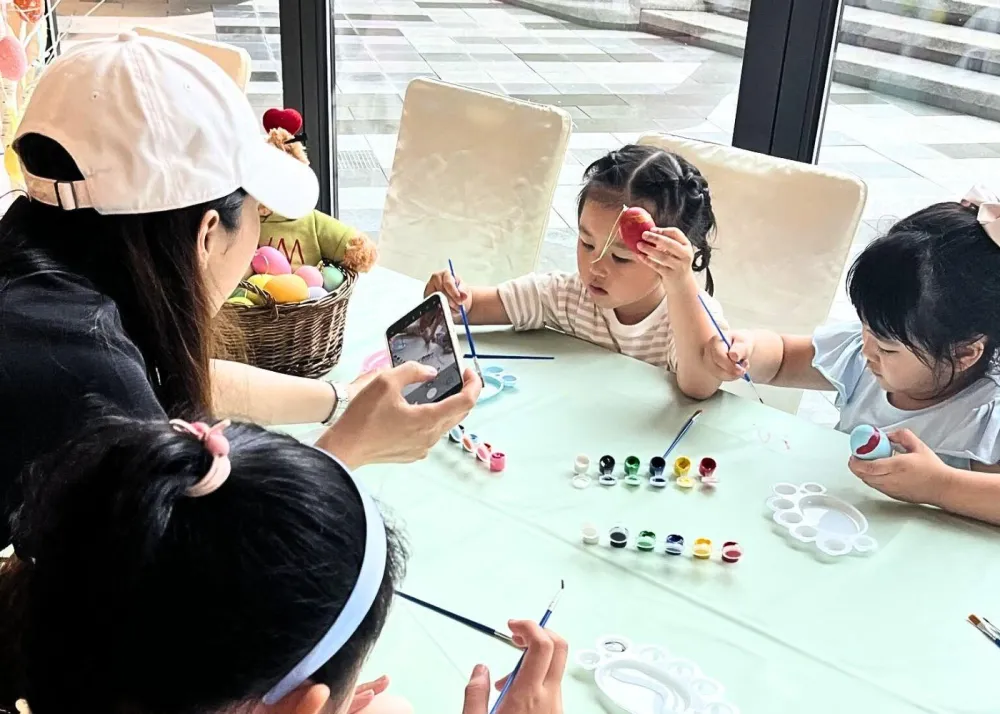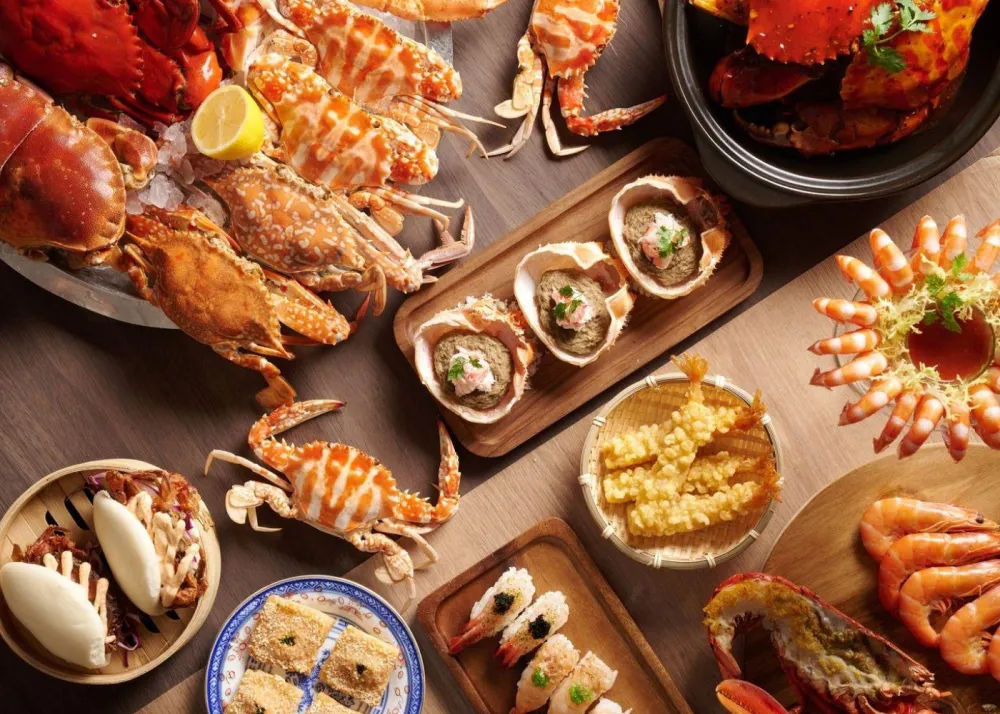Picture this: it’s a special day (could be Valentine’s Day, your anniversary, birthday), and your partner gives you a bouquet of yellow roses. It could be one of your favorite flowers or could just be what your partner thought looked the prettiest out of the rest. They look like a romantic gift — until you find out that in Japan’s Hanakotoba, they could mean “jealousy or a fading love,” while in Victorian England Floriography, they mean “friendship and joy.”
So, you’re met with a misunderstanding. What did your partner mean by this? Do they know what those flowers mean?
Flowers have always carried hidden meanings, shaped friendships, love stories, and even caused heartbreaks across different cultures. In Japan, Hanakotoba flourished as a way to express emotions without words, while during the Victorian Era, Floriography became the secret language of lovers. With this in mind, do you think those two flower languages mean the same thing? What do your favorite flowers really mean, and could you have possibly been giving mixed signals since then?
Let’s explore the world of Hanakotoba and Floriography and learn the meanings of some common flowers — to make sure you’re choosing the right flowers in the future.
Hanakotoba and Floriography: What Are They?
Hanakotoba, when directly translated, means “flower words.” It’s a language that gives symbolic meaning to flowers and their colors to make their emotions known in a subtle manner, especially in a society that values indirect communication. Without the use of words, people use flowers to confess their love, express gratitude and happiness, and even sorrow.
This can be seen in several aspects of Japanese culture, extending beyond personal relationships and influencing literature, art, poetry, and anime. For example, in one scene in the anime “Tokyo Ghoul,” flowers were used to signal the change in a character’s disposition. From white carnations, symbolizing purity, the flowers turn into red spider lilies. In Japanese culture and hanakotoba, a red spider lily means “never to meet again” and is referred to as the “flower of death.” Poetic, right?
Floriography, on the other hand, is a coded language where flowers and colors are given meaning. The use of this language coincided with a growing interest in botany during the 19th century, and Victorians used this in their flowers, plants, and floral arrangements to send messages, court potential brides, and romantic feelings that cannot be said aloud, due to strict social etiquette.
If you were wondering where the concept of bouquets came from, Victorian England was when it all started. Lovers would exchange carefully arranged bouquets called “talking bouquets,” “tussie-mussies,” or “nosegays” to send coded messages. A red rose means “passionate love,” but when you pair it with a basil, which means “hatred,” it could be an insult.
The two languages, despite being from different parts of the world, share one common thread: using flowers to express what words cannot.
Common Flowers in Bouquets and What They Mean in Hanakotoba and Floriography
Flowers are usually chosen for their beauty, but their meanings vary depending on cultural traditions. Here are some of the most common flowers found in romantic flower arrangements and bouquets — and what they symbolize in Hanakotoba (Japan) and Floriography (Victorian England).
Red Rose
In Hanakotoba: Love, In love, Passion
In Victorian Floriography: Romantic love, Desire
White Rose
In Hanakotoba: Innocence, Devotion, Silence, “I am worthy of you.”
In Victorian Floriography: Secrecy, New Beginnings
Pink Rose
In Hanakotoba: Trust, Happiness, Confidence
In Victorian Floriography: Grace, Appreciation
Yellow Rose
In Hanakotoba: Jealousy, a Fading Love, Friendship
In Victorian Floriography: Friendship, Joy
Red Tulip
In Hanakotoba: Wishing Someone Fame, Charity, Trust
In Victorian Floriography: A declaration of love
Yellow Tulip
In Hanakotoba: One-sided Love
In Victorian Floriography: Hopeless Love, Cheerfulness
Pink Tulip
In Hanakotoba: Caring, Attachment, Happiness
In Victorian Floriography: Love, Affection
Red Carnation
In Hanakotoba: Deep Love, Admiration
In Victorian Floriography: Admiration, Affection, “My heart aches for you.”
White Carnation
In Hanakotoba: Pure Love, Good Luck
In Victorian Floriography: Sweet and Innocent Love
Pink Carnation
In Hanakotoba: A Mother’s Love, “I will never forget you.”
In Victorian Floriography: A Mother’s Love, Admiration
White Daisy
In Hanakotoba: Faithfulness, Trust, Innocence, Beauty
In Victorian Floriography: Innocence, Purity, New Beginnings
White Lily
In Hanakotoba: Purity, Chastity, Mourning, Majesty
In Victorian Floriography: Virginity, Virtue
Sunflower
In Hanakotoba: Adoration, Respect, Passionate Love, Radiance, Loyalty
In Victorian Floriography: Adoration, Loyalty
Baby’s Breath
In Hanakotoba: Everlasting love, Innocence
In Victorian Floriography: Purity, Sincerity, Everlasting Love
Red/Pink Peony
In Hanakotoba: Good Fortune, Happy Marriage
In Victorian Floriography: Bashfulness, Prosperity
Choosing the Right Flowers
Giving flowers has always been an enduring gesture, but without knowing their meanings, you might be inadvertently sending the wrong message. A yellow rose might seem like a happy choice, but in Hanakotoba, it could mean your love is fading. A white lily may be a symbol of purity to one, but it can also mean that you’re grieving.
The meanings of flowers may have evolved over time, but combining Hanakotoba and floriography can still add a personalized touch to floral designs. Understanding these meanings can help create a more intentional gift for your partner, whether you’re choosing a bouquet for a romantic confession, a heartfelt apology, or a simple “thank you” gift.
So, how can you choose the perfect flowers for the right occasion? Here are some tips to make sure your bouquet says exactly what you mean.
Consider the Person You’re Giving and the Occasion.
For your significant other? Just stick to the classics: red roses and pink tulips.
For a friend? Sunflowers and yellow roses are your best bet.
For condolences? White lilies and chrysanthemums are what you should give.
Careful with the Colors!
Keep this in mind: red for romance, pink for platonic love, yellow shouldn’t be seen in romantic bouquets, and white for gratitude, but also mourning for some.
You Can Mix and Match, But Pay Attention to Flower Combinations
If one of the flowers could mean something uncomfortable, you can balance it out with other flowers or with greenery!
In Floriography, flower pairings add layers to the meaning of the flower arrangement. An example would be pairing red roses and white lilies, together, they mean love and purity — that’s perfect for weddings.
Flowers have always been more than beautiful decorations — they have served as messengers of words unsaid, strong feelings of love, sorrow, and even secrets. Through Hanakotoba and Victorian floriography, people have been able to express their feelings and get their words across.
By learning and considering the meanings of these flowers, your floral gifts become more thoughtful. Now, knowing these hidden meanings, what do you want your ideal bouquet to say?






























































